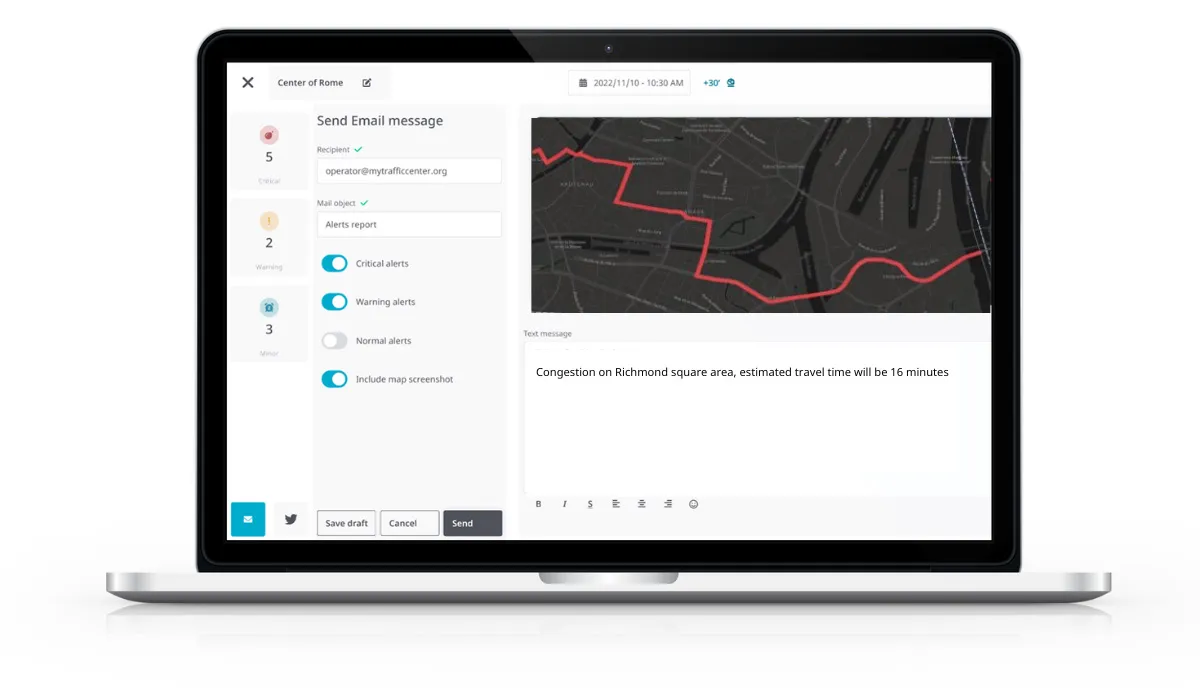UK fashion and homeware retailer Next has taken steps to improve the parking experience at its new flagship store in High Wycombe, with the deployment of wireless parking sensors in its car park.
Nedap partner Clearview Traffic Group has integrated Nedap's Sensit wireless parking sensors into Clearview’s Insight Parking solution to provide shoppers with real time information on available parking bays.
Nedap’s wireless parking sensors provide real-time occupancy status per parking bay. The in-ground se
November 4, 2015
Read time: 2 mins
UK fashion and homeware retailer Next has taken steps to improve the parking experience at its new flagship store in High Wycombe, with the deployment of wireless parking sensors in its car park.
3838 Nedap partner 557 Clearview Traffic Group has integrated Nedap's Sensit wireless parking sensors into Clearview’s Insight Parking solution to provide shoppers with real time information on available parking bays.
Nedap’s wireless parking sensors provide real-time occupancy status per parking bay. The in-ground sensors enable individual bay monitoring as well as global monitoring of the entire car park. By integrating Sensit’s data into Clearview’s Insight Parking, the store can now monitor parking utilisation in real-time, analyse car park use over time, look at patterns of use in particular zones and even individual bays.
The parking management software communicates directly to strategically placed variable message signs around and outside the car park to provide real time information on car park status so that store visitors are guided to the nearest available space as they enter the car park.
Nedap’s wireless parking sensors provide real-time occupancy status per parking bay. The in-ground sensors enable individual bay monitoring as well as global monitoring of the entire car park. By integrating Sensit’s data into Clearview’s Insight Parking, the store can now monitor parking utilisation in real-time, analyse car park use over time, look at patterns of use in particular zones and even individual bays.
The parking management software communicates directly to strategically placed variable message signs around and outside the car park to provide real time information on car park status so that store visitors are guided to the nearest available space as they enter the car park.










